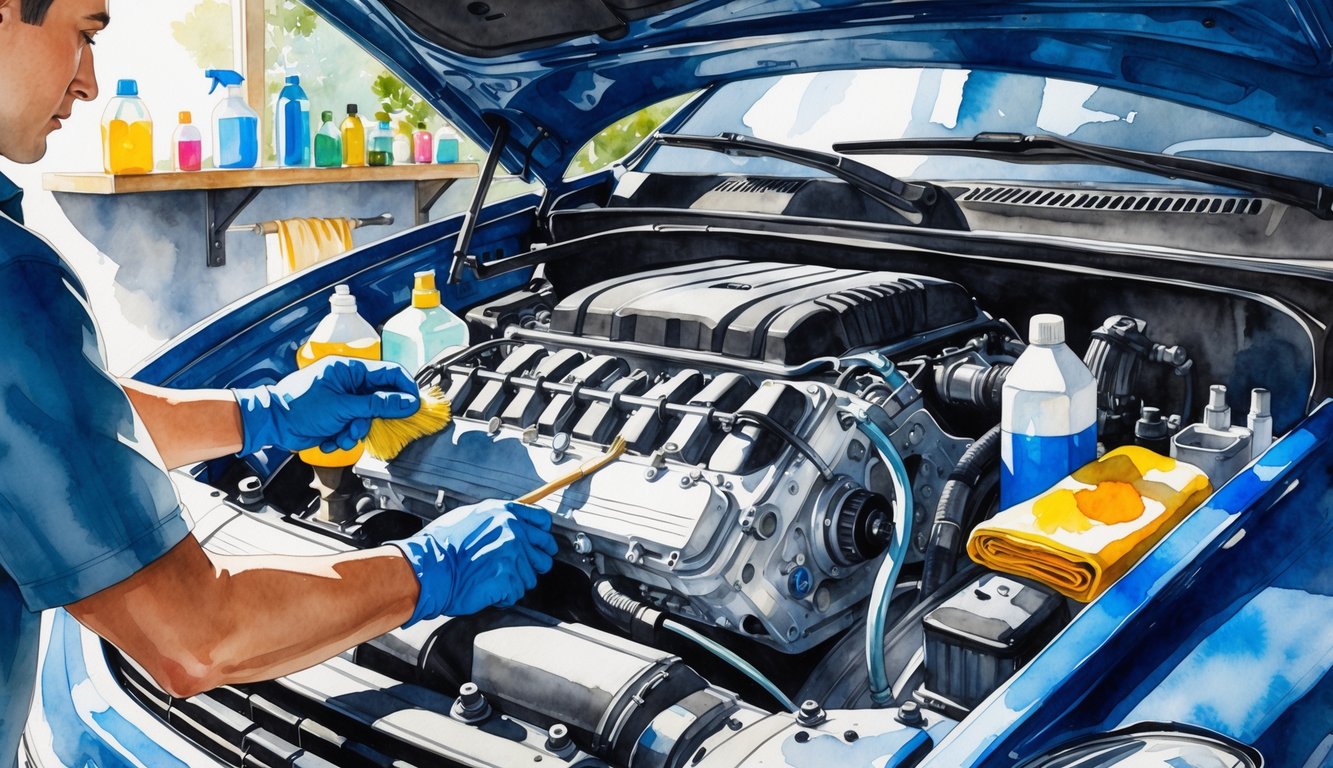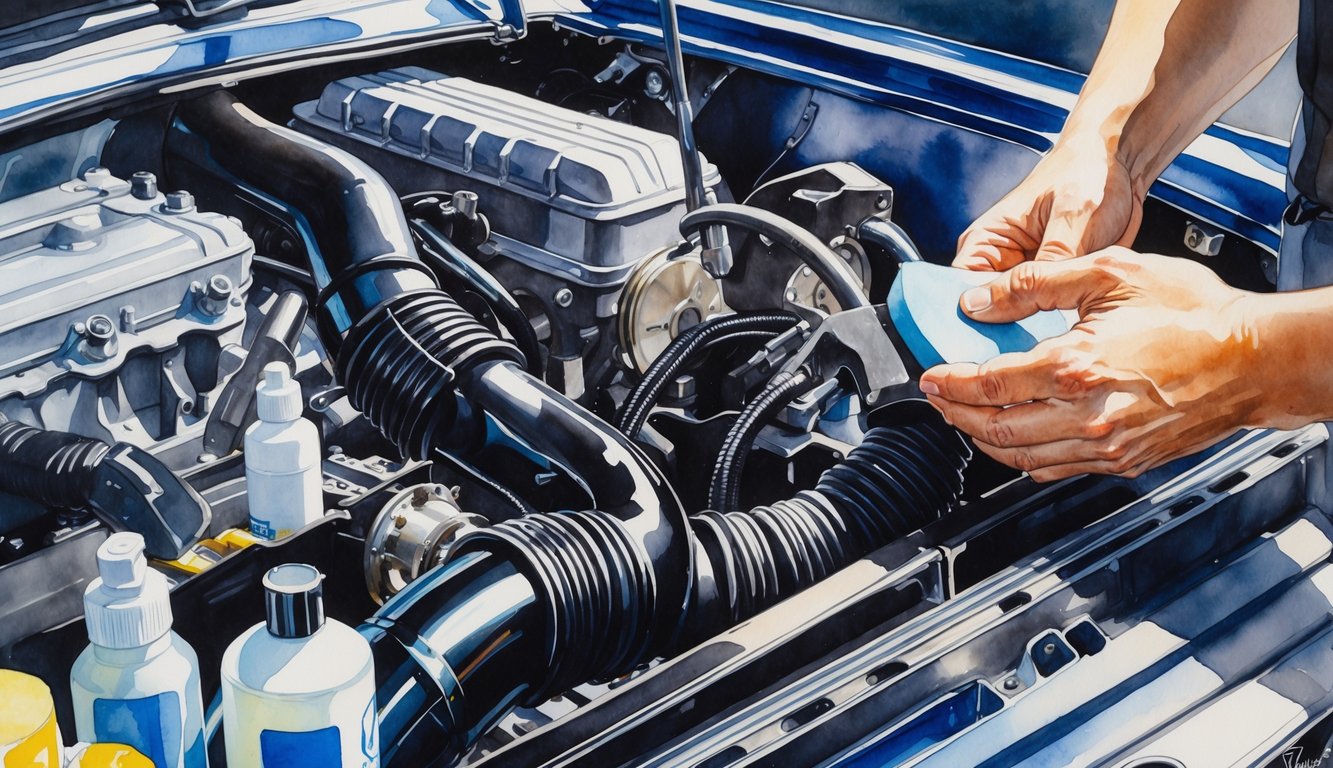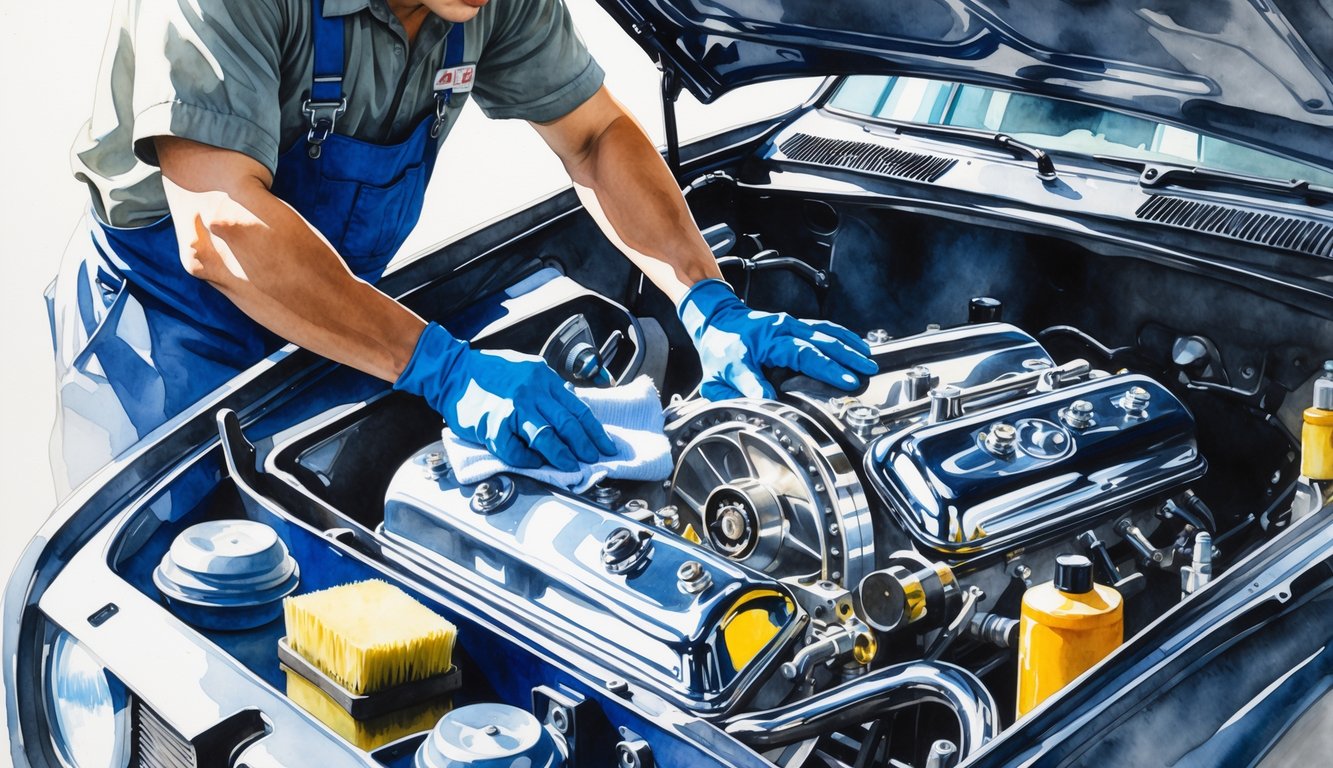
Restoring and Conditioning Plastic and Rubber

Why does everyone skip right to degreasing and vacuuming, then leave the plastics looking like they’ve spent a decade in the Sahara? UV rays are brutal. BMW’s bulletins say unconditioned plastics oxidize 38% faster, but nobody checks until it’s too late.
Applying Plastic Dressings
Some days I’m just spinning bottles of Griot’s Garage Vinyl & Rubber Dressing, talking to myself—because you can’t just spray and walk away. Plastics chalk up even when they look okay. Cheap sprays from quick-detail shops? They leave residue that streaks and grabs grime.
Turns out, the trick is using two cloths—one with product, one dry. Somewhere on a Ford forum, a guy insisted on waiting 15 minutes before buffing. Sometimes I do, sometimes I forget and then curse the streaks. Adam’s Polishes detailers always warn about silicone-based dressings attracting dust, but nobody listens. They’re right, though.
Put on too much and you get a greasy film, especially along the cowl. I wipe off excess right away from textured spots—otherwise, dust sticks like crazy. I know this, still mess it up every few details.
Conditioning Rubber Hoses and Seals
Rubber’s always a pain. Look under enough hoods and you’ll find faded hoses everywhere—nobody conditions them, most just wash with soap. Chasing vacuum leaks? Old, dry hoses are usually half the problem. Porsche actually did a recall in 2017 for premature hose cracking—real recall, not internet rumor.
If I’m not rushing, I use 303 Aerospace Protectant with a foam sponge (paper towels just shred—don’t bother). People say WD-40 works, but it’s useless long-term. Toyota’s TSB PG006-00 specifically calls for glycerin-based conditioners twice a year.
I’ve tried toothpicks to get product between clamps and hose ends—cotton swabs are better, but you’ll still miss spots if you rush. Every time I skip an inspection, I find hairline cracks at the next oil change. Nobody warns you that undressed seals squeak or freeze shut in winter, but you’ll find out eventually—usually when you’re already late.
Cleaning and Polishing Metal Surfaces

Vinegar fumes under the hood—why do they linger for hours? My hands always smell like acid. Mechanics grab brass brushes, not to look cool, but because oxidation sneaks up on you, then suddenly your aluminum brackets are flaking. Water spots? They’ll eat through finish before you even notice. Even new cars aren’t safe if you ignore metal bits.
Eliminating Corrosion and Rust
Here’s what drives me nuts: people ignore rust until bolts fuse or clamps snap off. Mercedes-Benz’s 2023 bulletin recommends wire-wheel drill attachments—they’ll blast off flaky corrosion way faster than shop towels. Feels like overkill, but if you skip the degreaser (Griot’s Garage Heavy-Duty or Valvoline Professional), rust just smears around.
WD-40 gets sprayed everywhere, then nobody wipes it off—cue drip marks. Salt from winter roads hides behind harnesses, causes bubble-shaped corrosion that’s invisible until it’s a problem. ASE techs told me nothing beats a toothbrush and baking soda paste for battery terminals, but honestly, who wants to scrub at 6 a.m.? Not me.
Buffing Accessible Metal Parts
I used to try basic chrome polish, but if you rush, it leaves a haze. Detailers will mutter about microfibers like they’re magic—Chemical Guys Microfiber Madness or even Kirkland yellow ones (don’t laugh, they work). They prevent swirl marks better than anything else.
My neighbor uses Brasso on bolts, and you can always spot when someone gives up halfway—fingerprints, no shine. For engine braces or steel radiator necks, I grab Meguiar’s Metal Polish, work in small, messy circles (never straight lines, apparently that’s bad, I just follow the crowd). Rinse with distilled water, not tap—minerals leave a weird film that looks like melted ice cream on A/C lines. Under-hood polishing? Nobody does it unless there’s a car meet coming up, which is wild because the difference is obvious when sunlight hits between the coolant overflow and intake manifold.
Addressing Underappreciated Areas Drivers Miss

I’m always chasing leaks and grime, but most people just blast degreaser and never look at insulation or drainage. Even DIY veterans ignore where water’s supposed to go, so it ends up somewhere expensive.
Cleaning Hood Liners and Insulation
People talk about underhood detailing, but nobody notices the ratty fabric under the hood. That black flame-retardant pad? Usually full of pollen and sand. My neighbor once used some generic “all surface” foam, not even Meguiar’s or Adam’s, and totally trashed his liner—left soap stains everywhere. I told him: always check for colorfastness. Mechanics say dab a microfiber with diluted cleaner and pat, don’t rub.
It’s hilarious—people drop $100 on ceramic dressings but forget the hood liner bakes all summer. Ever see resin dust from pine trees up there? If you catch it, a soft brush and portable vacuum works. If you’re picky, Griot’s Garage Interior Cleaner is what dealership ASE techs use—dealerships overcharge, but those techs know their stuff. Why do people miss this? No one pops the hood high enough to see the grime until late fall.
Tip: After cleaning, sniff for mildew. A mechanic I know uses diluted vinegar, but says never soak the insulation or it’ll sag.
